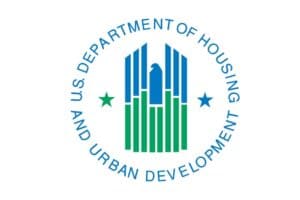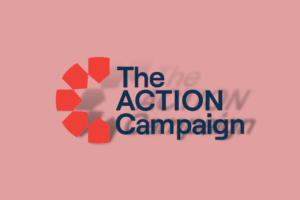News

HUD Solicits Comments on AFFH Tool for States and Insular Areas
Over the next 60 days, HUD is soliciting comments on the Affirmatively Furthering Fair Housing Assessment Tool for States and Insular Areas. One of three AFFH Assessment Tools, this tool is to be used where the State is designated as the lead entity.

LIHTC Deal Preserves Low-Income Housing, Creates Workforce Housing
In addition to preserving housing for residents making a little at 30% of area median income, the project includes a unique workforce housing component for residents earning up to 95% of the area median income.

Lancaster Pollard Survey Predicts a Big Year for Affordable Housing
The survey asked respondents to indicate how likely they are to pursue new construction, substantial renovation, acquisition, refinancing, tax credit allocations, and more. In almost all cases, a majority of respondents said “yes.”

ACTION Campaigns to Increase Housing Credit Authority by 50%
The ACTION Campaign is calling on Congress to address our nation’s severe shortage of affordable rental housing by raising the cap on Housing Credit allocation authority by at least 50 percent. Read the letter and sign on by Friday, March 11.

Ask Your Congressmen to Sign-On to Support HOME Funds
The deadlines for Congressmen to sign-in to the letters of support for HOME funds are this Friday, March 11 in the House and March 15 in the Senate.

IRS Updates LIHTC Compliance Protocol
The Internal Revenue Service updated the regulations that set the minimum number of low-income units in a Low-Income Housing Tax Credit project for which a housing finance agency must conduct physical inspections and low-income certification reviews.

NPS Report Demonstrates Value of “Piggyback” State Historic Credits
The Fiscal Year 2015 Annual Report from the National Park Service, Federal Tax Incentives for Rehabilitating Historic Buildings, reveals a program that helped provide homes for low- and moderate- income residents, boosted local economies, and created jobs.

New Utility Allowance Regulations Facilitate Use of Energy Consumption Models at Submetered Properties and Properties With Onsite Renewables
IRS published in today’s Federal Registrar two sets of regulations that will facilitate the ability of owners of LIHTC properties to use a consumption-based utility allowance at properties that are either submetered or generate and sell energy using on site renewables.

HUD Releases New Median Zip Code Rents for Section 8 Renewal Rent Comparability Studies
Section 9-23 of the new Section 8 Renewal Policy Guide provided instructions for comparing the median rents as derived by the appraiser in a RCS with Census Bureau estimates of the median rents in the project’s zip code. HUD has recently published the new median zip code rents and the 140 percent thresholds.

Obama Seeks to Leave Behind Strong Affordable Housing Programs
The President’s proposed FY-2017 budget shows support for several of the key tax credit, HUD, and rural development programs that spur the development of affordable housing by private developers.

FY-2016 Funding Round Opens for Capital Magnet Fund
CDFIs and qualified non-profits can use Capital Magnet Fund awards to create financing tools such as loan loss reserves, revolving loan funds, risk-sharing loans, and loan guarantees.

FHA Updates Multifamily Accelerated Processing Guide
The new MAP Guide delegates more underwriting responsibility to approved “MAP lenders” and includes all relevant guidance published by FHA since the MAP Guide was last updated in 2011.